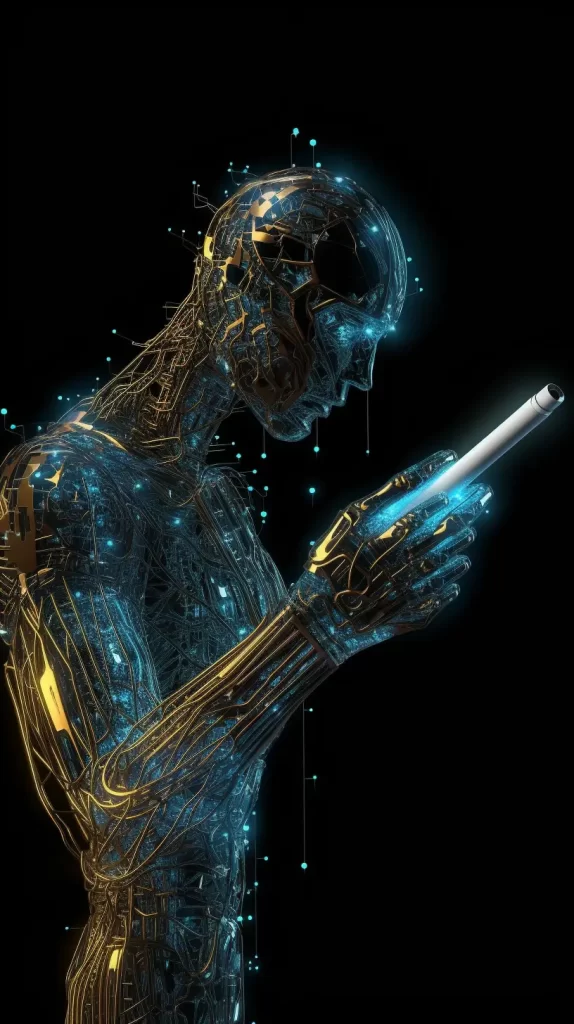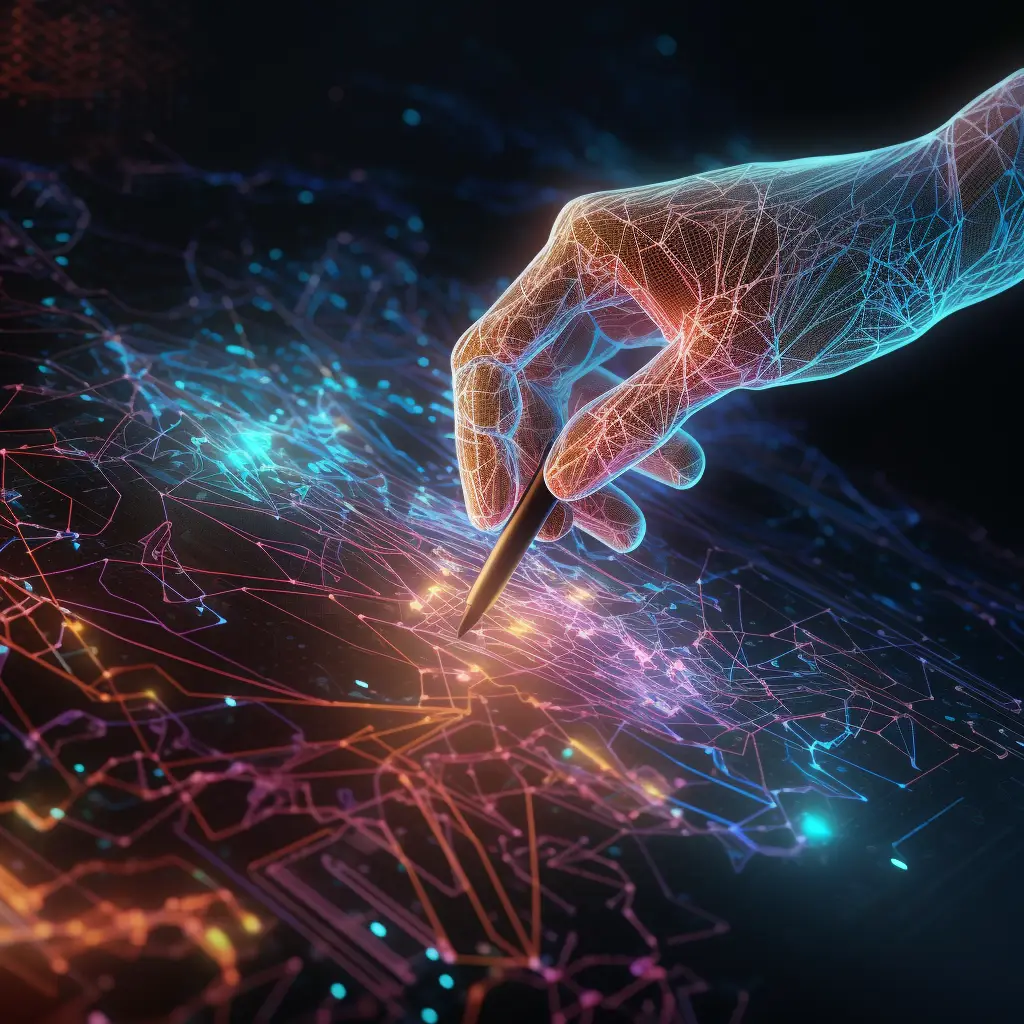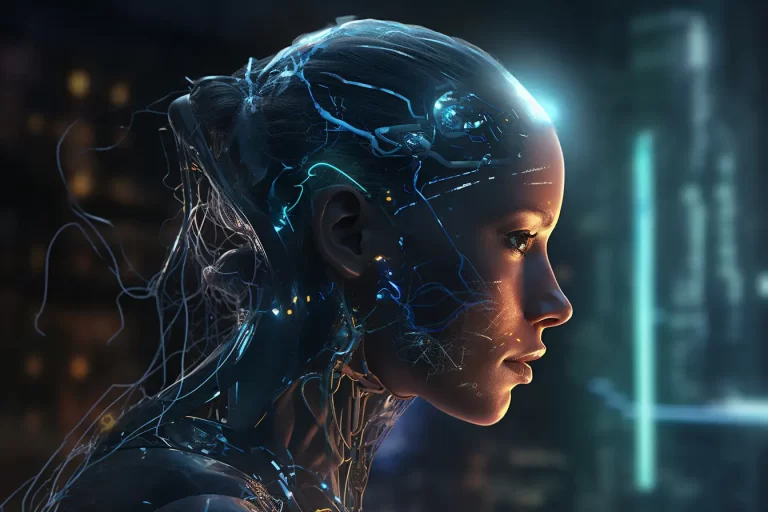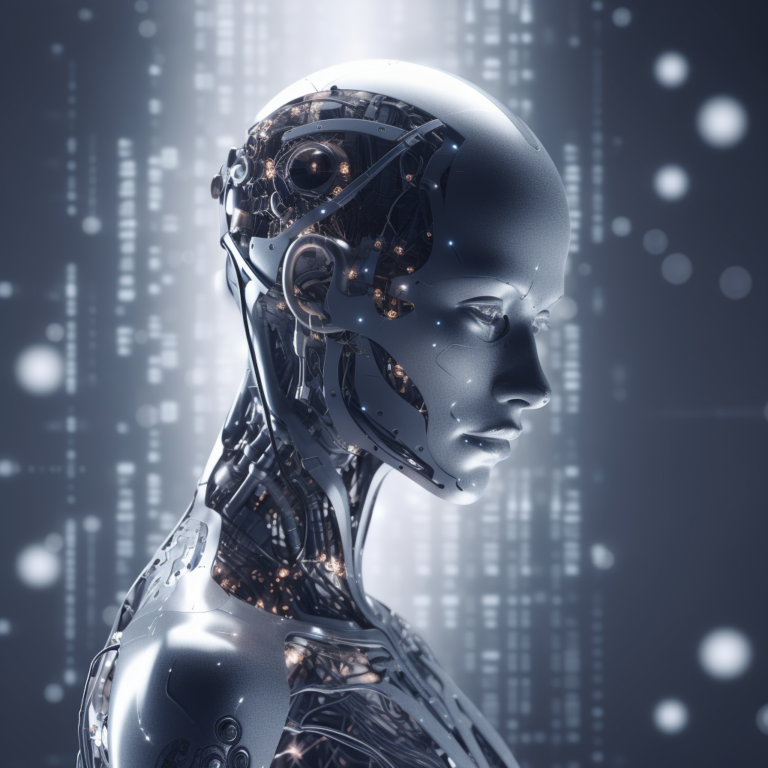Hey there, technology enthusiasts! Today, I want to talk about something that's been taking the world by storm - AutoGPT. If you're not familiar with this term yet, don't worry; it's still relatively new in the AI industry. But let me tell you, once you understand what it is and how it works, your mind will be blown!
AutoGPT stands for Automated Generative Pre-training Transformer, and it's a game-changer when it comes to artificial intelligence. It has revolutionized the way we teach machines to learn and process information. In this article, I'm going to dive deep into AutoGPT and explain why it's such a big deal. So buckle up and get ready to discover one of the most exciting developments in AI history!
What Is Autogpt?

Do you know how they say that the future is now? Well, AutoGPT proves just that. It's a revolutionary AI-powered tool that has changed the game in natural language processing. Essentially, it uses advanced algorithms to generate human-like text, which can hardly be distinguished from what a real person might write.
AutoGPT is unique because it is a type of language model that uses unsupervised learning techniques. This means that it doesn't rely on pre-existing data sets or rules for generating its output. Instead, it can learn and adapt on its own by analyzing large amounts of text data available on the internet.
The benefits of AutoGPT are many – it can help researchers and developers create better chatbots, improve machine translation systems, and even assist with content creation for businesses. In short, AutoGPT is changing the way we interact with technology by bringing us closer than ever before to true artificial intelligence.
The Benefits Of Autogpt For Ai
As an AI enthusiast, I'm always on the lookout for new technologies that can help us solve problems faster and more efficiently. And when it comes to natural language processing, AutoGPT is a game-changer. The advantages of this technology are significant - not only does it speed up the process of text generation, but it also has a positive impact on accuracy.
One of the most significant advantages of AutoGPT is its ability to generate large volumes of high-quality content in record time. This feature alone makes it incredibly useful for businesses looking to automate their content creation process without sacrificing quality or creativity. With AutoGPT, you can create everything from product descriptions to blog posts with ease and efficiency.
Another advantage of AutoGPT is its impact on overall productivity. By automating tasks that would previously have required hours of manual labor, businesses can free up valuable resources and focus on other areas of growth. And because the technology generates content so quickly and accurately, you don't need a team of writers to get the job done - saving even more time and money.
With all these benefits, it's no wonder that companies around the world are turning to AutoGPT as a solution for their natural language processing needs. But how exactly does this technology work? Let's take a closer look in the next section…
How Autogpt Works
I'm fascinated by how AutoGPT works to revolutionize AI. Its neural network architecture is designed to predict the next word in a sentence given the previous words. The training process involves using large datasets to teach the model how to generate text. I'm really excited to learn more about how AutoGPT is able to generate text by leveraging natural language understanding algorithms to understand the context of a sentence. It's incredible to see how the model can generate text that is both accurate and fluent. I'm looking forward to seeing how AutoGPT will continue to revolutionize AI in the future.
Neural Network Architecture
When it comes to deep learning, the architecture of a neural network plays an essential role in determining its effectiveness. With AutoGPT, this is no exception as it utilizes a complex combination of convolutional and recurrent layers to process natural language inputs. These types of layers allow for the model to learn patterns within sequences of words or characters, enabling it to generate coherent text based on given prompts.
The Natural Language Processing (NLP) capabilities of AutoGPT are also highly dependent on its neural network architecture. The model's ability to understand context, syntax, and semantics relies on the intricate connections between various neurons across different layers. Through continuous training and fine-tuning, the model can improve its understanding of human language and provide more accurate responses.
Overall, the success of AutoGPT in revolutionizing AI can be largely attributed to its advanced neural network architecture. By combining both convolutional and recurrent layers with sophisticated NLP techniques, the model has been able to achieve remarkable results in generating high-quality text outputs that closely resemble those produced by humans. As such, there is much excitement surrounding the potential applications of this technology in fields such as content creation and virtual assistants.
Training Process
Now that we've discussed the neural network architecture of AutoGPT, let's dive into its training process. This is where the model learns to generate coherent text based on given prompts through continuous exposure to large amounts of data. As with any deep learning algorithm, the quality and quantity of data used for training are crucial factors in determining how well the model performs.
To ensure that AutoGPT has access to a diverse range of language patterns and styles, data augmentation techniques are employed during the training process. These involve modifying existing text inputs by adding or removing words, changing sentence structures, or using synonyms, resulting in an expanded dataset that can improve the model's ability to generalize.
Hyperparameter tuning is another crucial aspect of training as it involves optimizing various parameters such as learning rate and batch size to achieve optimal performance. Through trial and error experimentation, these hyperparameters are adjusted until the model produces outputs that closely resemble human-generated text.
In summary, AutoGPT's training process involves exposing the model to vast amounts of data while employing data augmentation techniques and fine-tuning hyperparameters. By doing so, the model can learn complex language patterns and produce high-quality text outputs that mimic those produced by humans with remarkable accuracy.
Generating Text
Now that we've covered how AutoGPT is trained, let's take a closer look at the model's text generation capabilities. This is where things start to get interesting - after all, what good is a language model if it can't actually generate coherent and useful outputs? Fortunately, AutoGPT excels in this area thanks to its ability to learn from vast amounts of diverse data.
One of the most exciting applications for AutoGPT's text generation capabilities is natural language processing (NLP). NLP involves teaching computers to understand, interpret, and produce human language through machine-learning techniques. By using AutoGPT as an NLP tool, researchers and developers can create chatbots, virtual assistants, and other AI-powered systems that can communicate with users in a more natural and intuitive way.
Of course, like any technology, there are limitations to what AutoGPT can do. While it can generate impressive text outputs on a wide range of topics and styles, it still struggles with certain types of writing such as poetry or highly technical jargon. Additionally, because AutoGPT learns by exposure to existing data rather than a true understanding of concepts or context, it may sometimes produce irrelevant or nonsensical responses. However, these limitations don't detract from the incredible potential of this cutting-edge technology.
Applications Of Autogpt In Various Industries
As we have seen, AutoGPT is a groundbreaking technology that has the potential to revolutionize AI as we know it. But does its impact stop there? Absolutely not! In fact, AutoGPT's applications extend far beyond just improving natural language processing and generating human-like text.
One such application of AutoGPT is in automotive manufacturing. With this technology, companies can develop smarter machines that are capable of communicating with each other autonomously. This will lead to increased efficiency, faster production times, and ultimately lower costs for both manufacturers and consumers alike.
Another area where AutoGPT could make a significant difference is in healthcare diagnosis. By analyzing vast amounts of medical data with incredible precision, AI-driven systems powered by AutoGPT can help doctors identify diseases at earlier stages than ever before. Not only would this save countless lives but also significantly reduce healthcare costs.
Clearly, the future looks bright for AutoGPT and AI more broadly. As these technologies continue to evolve and improve over time, who knows what new possibilities they may unlock? One thing is certain: we're living in exciting times, and I couldn't be happier to witness it firsthand.
The Future Of Autogpt And Ai
So, what does the future hold for AutoGPT and AI? As with any technological advancement, there are concerns about ethics. While AutoGPT has shown incredible potential in various applications, it's important to consider how far we should go in relying on machine intelligence. Human decision-making is complex and often encompasses emotions and moral values that may not be replicable by machines.
That being said, AutoGPT can provide a lot of benefits that would improve our lives significantly. Its ability to understand human language makes it ideal for customer service chatbots or even virtual assistants like Siri or Alexa. In terms of research, scientists could use AutoGPT to sift through vast amounts of data faster than humans ever could.
The debate over whether autograph will ever surpass human intelligence is still ongoing. However, one thing is clear: leveraging this technology will require us to make thoughtful decisions about how we integrate it into our society while keeping ethical considerations at the forefront. We must ensure that these advancements serve humanity rather than harm it.
Frequently Asked Questions
What Is The Difference Between Autogpt And Other Ai Models?
Okay, I know what you're thinking: "Another AI model? How is AutoGPT any different?" Well, let me tell you about the key differences between AutoGPT and other models like GPT-3 and BERT. First off, when comparing AutoGPT vs GPT 3: Comparison, AutoGPT has a more customizable architecture that allows for easy adaptation to specific tasks. Additionally, it requires less training data to produce high-quality results. Now, let's talk about AutoGPT vs BERT: Advantages. While both models use transformer architectures, AutoGPT includes some unique features such as dynamic prompt tuning and task-oriented search algorithms which can lead to better performance in certain scenarios. So if you're looking for an AI model that is highly adaptable and efficient with smaller datasets, give AutoGPT a try!
Can Autogpt Be Used For Natural Language Processing?
So, you might be wondering if AutoGPT can be used for natural language processing. The answer is a resounding yes! In fact, AutoGPT has many applications in chatbots and outperforms traditional NLP models in terms of accuracy and efficiency. And let me tell you, as someone who values safety above all else, using AutoGPT for NLP gives me peace of mind knowing that the technology behind it is advanced enough to handle even the most complex linguistic nuances. It's truly remarkable how far AI has come and I'm excited to see where it goes from here with innovations like AutoGPT leading the way.
How Does Autogpt Handle Data Privacy And Security?
When it comes to data privacy and security, AutoGPT takes things seriously. The platform uses advanced encryption techniques to keep your information safe from prying eyes. It also has robust access control features that ensure only authorized users can view or manipulate the data. With AutoGPT, you can rest assured knowing that your sensitive information is protected at all times. Whether you're a business owner or an individual user, this level of security should give you peace of mind when using AI technology.
Are There Any Limitations To The Applications Of Autogpt?
When it comes to AutoGPT, there's no denying that it has some impressive capabilities. However, like any AI technology, there are limitations to what it can do. Two major areas where AutoGPT falls short are accuracy and speed. While it can generate text quickly, its output may not always be 100% accurate or coherent. Additionally, while many tout AutoGPT as a competitor to GPT-3, each has its own pros and cons. When considering the use of this technology for sensitive tasks such as data privacy and security, it's important to weigh these factors carefully. Ultimately, while AutoGPT is certainly making waves in the world of AI, we must approach its applications with caution and consideration for the potential risks involved.
What Kind Of Training Data Is Needed For Autogpt To Perform Effectively?
When it comes to training AutoGPT, the old saying "garbage in, garbage out" could not be more true. The quality of data sources for AutoGPT training has a direct impact on its performance. In order for AutoGPT to function effectively and safely, it requires high-quality, diverse datasets that accurately reflect real-world situations. Without this kind of robust training data, AutoGPT's decision-making abilities will be limited and potentially dangerous. So when considering the power of AI technology like AutoGPT, it's important to remember that success ultimately hinges on the quality of data used to train these systems.
Conclusion
In conclusion, AutoGPT is a game-changer in the AI world. Its ability to generate human-like language and understand natural language processing has opened up new possibilities for businesses and industries alike. The fact that it can handle data privacy and security concerns only adds to its appeal.
However, we must also acknowledge that there are limitations to its applications. It may not be suitable for all types of tasks or industries, but as technology advances, who knows what other doors will open? As Shakespeare once said, "There are more things in heaven and earth, Horatio, than are dreamt of in your philosophy." So let us embrace this exciting development and see where it takes us.



